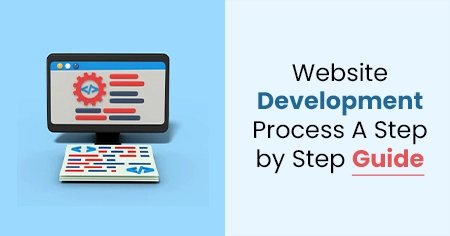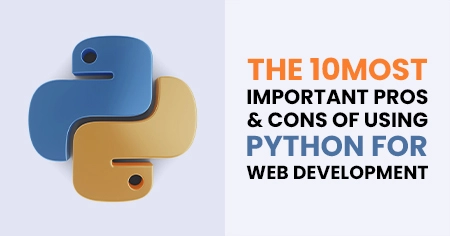A good web development process will help you make any website with successful high retention, user experience, and user traffic.
Websites have been the success factor for many agencies that did not invest in huge setups but executed their strategies correctly. They earned recognition among their intended audience through enjoyment and entertainment, functionality websites and fast loading,
Likewise, technologies like JavaScript, HTML, and CSS assist in shaping the web and describe how we interact with it. However, the stages of preliminary collecting information, planning, and post-launch maintenance are generally hidden behind sights while staying a crucial component of the website development cycle.
We will examine the entire web development process in this article. The overall number of development stages is between five and eight, but the general picture remains unchanged.
What is website development?
Website development encompasses each of the tasks involved in creating a website. Everything from coding and markup to scripting, CMS development, and network configuration is covered.
What is the Life Cycle of a Web Development?
Let us describe the website development life cycle and discuss what it typically involves before diving into the details of the development stage.
The website development or software life cycle is a technique or essential that assists you in creating a high-quality solution. We know that different versions of what defines a standard website development process exist. Even so, there is a reasonable assumption of guidelines that must be followed in the development process of any specific webpage for success.
Timeline for Website Development
When you consider creating a website, two significant issues come to mind: time and cost. One of the best ways to tackle both is by creating a clear web development timeline. This helps you estimate the time taken to develop a website, schedule planning, and establish milestones that highlight the entire development process. It is the most effective technique for monitoring project delivery, managing resources efficiently, and ensuring you meet your deadline.
The steps of the Website Development Process
It is more complex than 1-2-3 to create a website. Each development path is distinctly based on the programming languages, resources, and website.
The following sections provide a summary of the web development process and a short outline of the major languages and CMS options.
Step 1: Define Your Project
The first step in web development is identifying your project's
goals.
Common examples include:
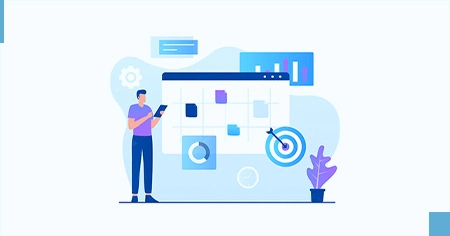
Business goals: Clearly define attainable goals for your
site to develop the most effective approach, such as key
performance indicators used to assess progress.
Target audience: Define your intended audience and carry
out research on their choices, online habits, likes and
dislikes, and other factors to understand better them and their
preconceptions.
Business details: Define your purpose, mission,
distinctive value proposition, vision, and so on.
Competition: Investigate your rivals, assess their
weaknesses and strengths and create a plan for positioning your
brand in the marketplace.
Step 2: Planning: Wireframe and Sitemap Creation
Planning is the stage in which the software development and technology stack is chosen, the outcomes are defined, and the timeline and resources needed to complete the project are estimated.
Think about the following concerns before developing your first website:
- How would you construct your webpage to offer the excellent user experience?
- Which sort of webpage are you looking to construct?
- Which kind of website are you planning to build?
- What type of content do you plan to release, or how often?
- What is your financial situation?
- In addition, what is the primary purpose of this information?
You must discuss with your website development, advertising, and financial teams to evaluate your objectives and make informed choices.
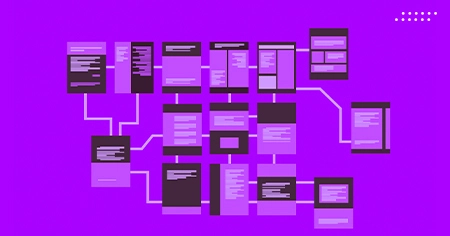
Create Wireframes: Each site starts with a strategic approach. You can do this with software or whiteboard such as Mindnode, Invision, or Slickplan. Designers refer to this as a wireframe. It does not need to be an initial document; it is easily a vision for your official site that will be utilized as alignment and a place to start for you and your founders.
Wireframes are visual tools that will assist you in determining where images and text will appear on individual websites. You can test with blank boxes and "dimwit text" to see how one's content will appear in the front end. Create wireframes with your development company, so they know what you are imagining.
Create a sitemap: Create a sitemap: Next, create a sitemap with a navigation bar. A wireframe provides a programmer with the data needed to meet your vision, as a business strategy does for a prospective buyer. XML (an XML file that assists search results in crawling and discovering your site).
Below are a few factors to think about when designing your website:
- What categories and pages are essential to your site's success and user experience?
- Which various pages are you looking for?
- What is your website's page hierarchy?
- How would you describe those documents?
- Which pages or classifications could be removed or combined?
If you have a Search engine and digital marketing team, their guidance will be precious in connecting page categorization and structure.
Step 3: Website design
It is time to begin the web design after developing a sitemap and wireframes. This is when innovative user interface designers arise, collaborating with the design requirements and company authorization. The wireframes are then started to turn into typography, buttons, colour graphics, animation menus, and other elements. The unique features of a website is critical to providing a satisfying customer experience.
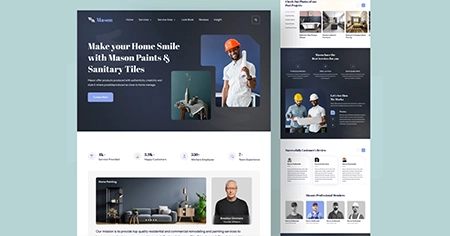
The colour scheme selected for a website undeniably influences the user experience. Colour can elicit a
broad range of emotions, so merging it in unusual ways can be highly effective in design. There has to be
some advertising linked to the app's objective. According to research, consumer evaluates a brand within
90 seconds of engagement, and 62% of those choices are based on colour (WebFX)
Tools:
- Figma
- Sketch
- Adobe Photoshop
- Adobe Illustrator
Step 4: Content Writing and assembling
Ultimately, content rules the world. Writing and compiling content is usually done in conjunction with other steps of the website development process, and its significance cannot be exaggerated.

It is the focal point of contact with the site's UI. It is a technique for adding calls-to-action and
other data to a firm, product, or service's webpage. Constructing eye-catching headlines, editing, writing
new text, compiling page content, and so forth are all components of content writing. Because of the
significance of this task, it is ideal if all web site primed just before or during advancement.
Tools:
- HubSpot Blog Ideas Generator
- Grammarly
- Share via Headline Analyzer
- Duplicate Checker
Step 5: Write website code.
Writing code is the following next step in the website development process. Developers will use various coding languages for both the back-end and front-end of websites and a broad range of functionality and features (such as interactivity, design, etc.). These different languages cooperate to create and maintain your webpage. Let us now move to the most frequently used language groups.

CSS
Cascading Style Sheets was created in the 1990s. It improves the website's overall "look" by adding design elements such as layouts, colours, and typography.
CSS allows developers to transition your website to fit the style you aimed for, and HTML5, like CSS, is browser-independent.
JavaScript
Developers add visuals, process automation tasks within different pages, and add engaging elements that enhance user experience. JavaScript is continually changing. Once regarded as a "toy" language, JavaScript has become the most widely used coding language globally. It is now a back-end coding language thanks to Node.Js. It is the first language web pages understand, and some have debated applying deep learning.
HTML
Hypertext Markup Language has been used since the 1990s. JavaScript and CSS are programming languages that improve and modify the primary site created by HTML codes. Although creating a website using only HTML is feasible, the outcome would be unappealing.
HTML5 is the latest edition and continues to support cross-platform internet explorer functionality, resulting in its popularity in creating mobile apps.
Step 6: Build the front end of your website.
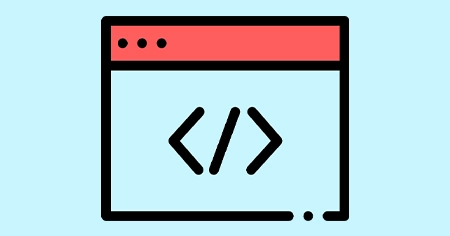
This is the development of the website's client-side interface, allowing visitors to interact. The software developers ensure that the new site is easy to use and adaptable on any smartphone. Early designs are transformed into special visual effects and implications. Following that, functions are combined based on the tools and technologies used.
Tools:
- React
- Angular
- Bootstrap
Step 7: Build the back end of your website.
The back end detects the data that supports the front end's features and functions. For example, Facebook's server-side stores my photographs so the front end can display them to others.
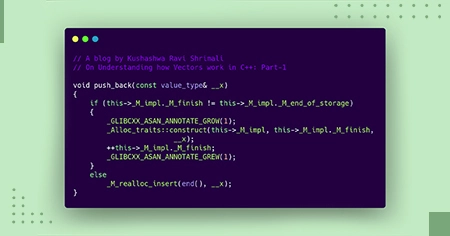
It includes two major components:
- Databases are in charge of processing, storing, and organizing data so service requests can obtain it.
- Servers are the software and hardware that comprise your computer. Servers are responsible for processing, sending, and receiving data requests.
- Consequently, internet explorer will notify the server, "I involve in this data," and the device will know how to recover it from the dataset and submit it to the consumer.
Tools:
- Node.js
- Microsoft.NET
Step 8: Purchase a domain name.

Your website's IP address has now been designated. It also generally requires choosing a unique domain name that audiences can use to recognize your website. You have nearly certainly heard of Hover and GoDaddy. These services assist you in signing up and buying a domain name through the Web Corporation for Numbers and Assigned Names. Often these website registrations are accurate with one year before they must be restarted.
Step 9: Release, review, and test

The most repetitive component of a process is most probable testing. Every network connection must be checked to ensure it is not managed to crack. Verify every form, script, and run spell-checking operating systems to look for potential typos. Use code reviewers to ensure that your software adheres to current internet standards. After you have double-checked your site, it is time to upload it to a computer. After installing the documents, operate one final test to ensure that each of your papers was installed correctly.
Step 10: Opinion Monitoring: Maintenance and Regular Updating
It is essential to remember that a website is a server rather than a brand. It is not adequate to "deliver" a webpage to a user. You must also guarantee that it all works and that everybody is satisfied, and you must always be ready to make modifications in the future.
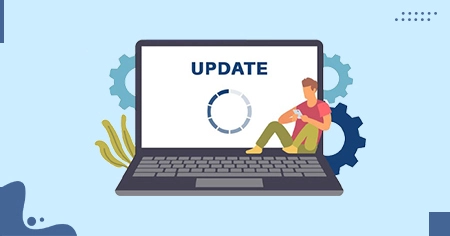
The feedback mechanism on the site will enable you to detect possible problems that consumers may encounter. The most crucial goal in this situation is to fix the issue as quickly as possible. If you need help understanding, your consumers may choose to visit another webpage instead of placed with the interruption.
Another critical aspect is continuing to keep your site up to date. Constant updates to a Content management system will defend you from bugs and reduce risks.
Conclusion
Creating a web application or establishing an online presence requires more than coding. The web development process comprises many critical parts that must be finished to develop clear objectives.




